Materials
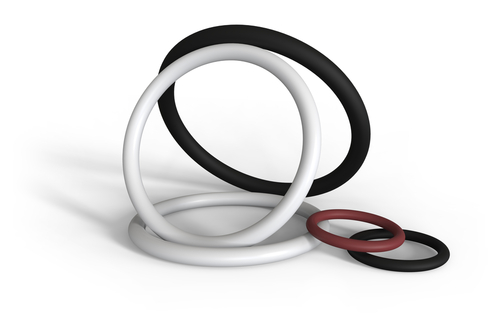
Ethylene - Propylene (EPDM)
EPDM elastomers have excellent resistance to heat, water, steam, ozone and UV rays (color stability) while having very good flexibility properties at low temperatures.
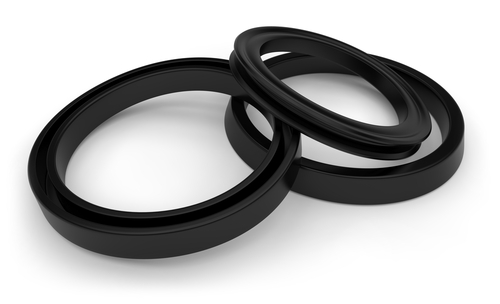
Fluorocarbon (FKM)
FKM elastomers, highly fluorinated polymers with carbon structure, are used in applications requiring high resistance to chemical attack, ozone and high thermal stability (up to 260º).
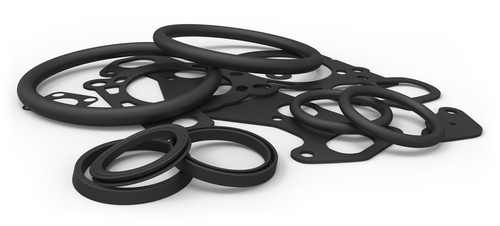
Acrylonitrile-nitrile butadiene (NBR)
NBR is inherently resistant to hydraulic fluids, lubricating oils, transmission fluids and other non-polar petroleum-based products due to the polar structure of this elastomer.
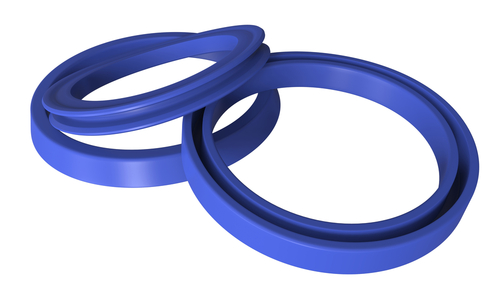
Natural and synthetic polyisoprene (NR, IR)
Polyisoprenes, both natural and synthetic, are characterized by exceptional resilience, good resistance to tearing, abrasion and flex fatigue and excellent elasticity.
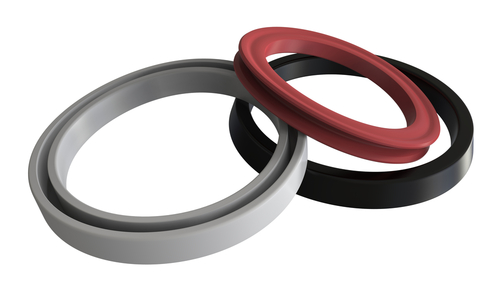
Butadiene-styrene (SBR)
SBR is a general-purpose elastomer of low economic cost. Known as Buna-S, it was originally developed to replace natural rubber in tire manufacturing.
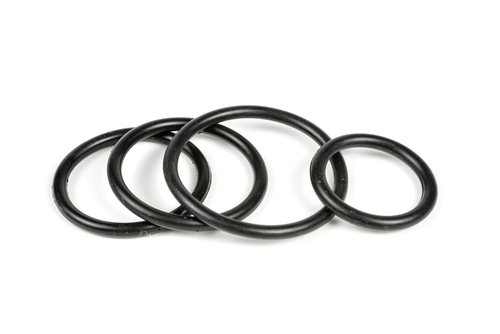
Polychloroprene (CR)
Neoprene is the trade name for polymers composed of chloroprene. The general physical characteristics of neoprene make it a broad-spectrum elastomer.
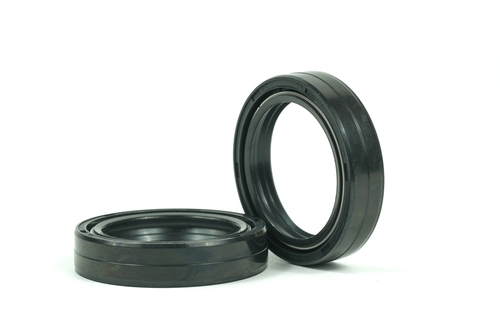
Carboxylated Nitrile (XNBR)
Years of research into the development of new compounds have resulted in a unique material that captures the wear resistance benefits of carboxylated nitriles while providing the higher temperature resistance of highly saturated nitriles.carboxylated (XNBR)
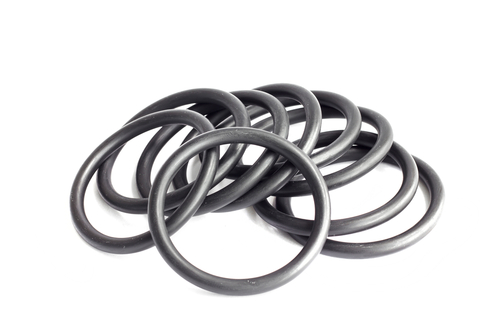
Polyacrylic (ACM)
Polyacrylate compounds (ACM) are designed to withstand high temperatures without losing resistance to hydrocarbons. Specially designed for applications in sulfurized oils.
![5850[1] 5850[1]](https://tdsexport.com
/wp-content/uploads/elementor/thumbs/58501-1-q7a0v23t5p8wx6f72obb29y0zelhk6ka9xcz9pjcb0.jpg)
Fluorsilicone (FVMQ)
Fluorosilicones have chemical properties similar to those of organic fluorinated elastomers. This property provides excellent resistance to hydrocarbon fuels, petroleum oils and silicone oils.
![Teflon-PTFE-Spacer-Washer[1] Teflon-PTFE-Spacer-Washer[1]](https://tdsexport.com
/wp-content/uploads/elementor/thumbs/Teflon-PTFE-Spacer-Washer1-q79wi08l98972ojr5aecyeofuqoogs2tolbdmcedxo.jpg)
Polyurethane (EU/AU)
Polyurethanes are characterized by exceptional resistance to abrasion and wear. They offer the highest tensile strength among all elastomers as well as good resistance to stretching.
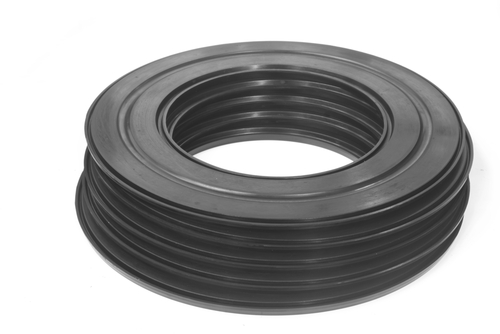
Ethyl acrylate (AEM)
Ethyl acrylate compounds have excellent resistance to aging at high temperatures (175º C) and good physical properties.
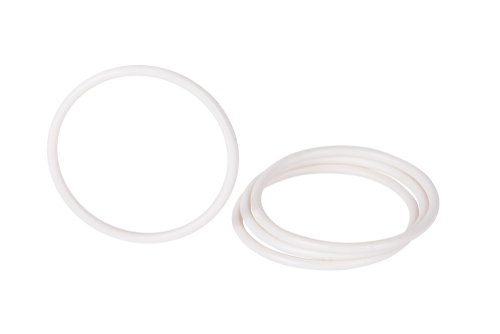
Polybutadiene (BR)
Polybutadiene has excellent flexibility at low temperatures (-62ºC) and exceptionally high resilience.
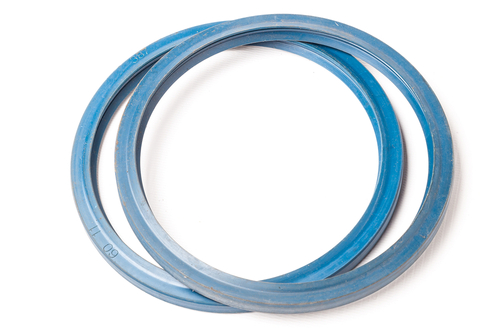
Polyisobutylene (IIR)
It is known for its excellent resistance to water, steam, alkalis and oxygenated solvents. Another of its most outstanding characteristics is its low gas permeability.
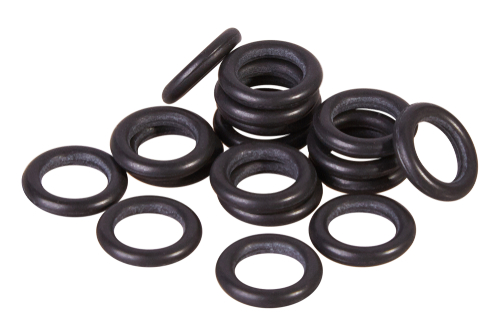
Chlorosulfonated polyethylene (CSM)
Hypalon compounds provide excellent resistance to ozone, oxidation, sunlight (color degradation) and weathering.

Hydrogenated Nitrile (HNBR)
HNBR has been developed to withstand continuous temperatures up to 150ºC, while maintaining resistance to petroleum oils. It is obtained by hydrogenation of nitrile copolymer.
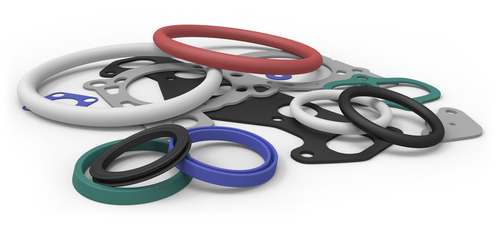
Silicone (VMQ, PMQ, PVMQ)
Extreme temperature stability and low temperature flexibility are well-known characteristics of silicone compounds.
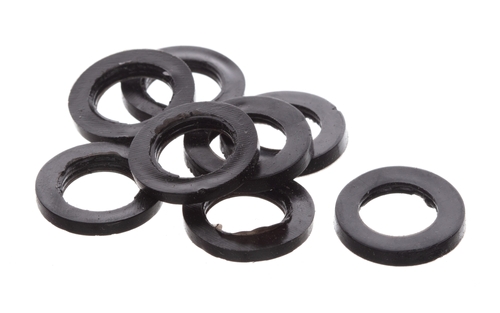
Epichlorohydrin (ECO/CO)
Epichlorohydrin is characterized by a remarkably low gas permeability and very good physical properties over a wide temperature range (from 40°C to 135°C) while possessing excellent resistance to petroleum oils.



